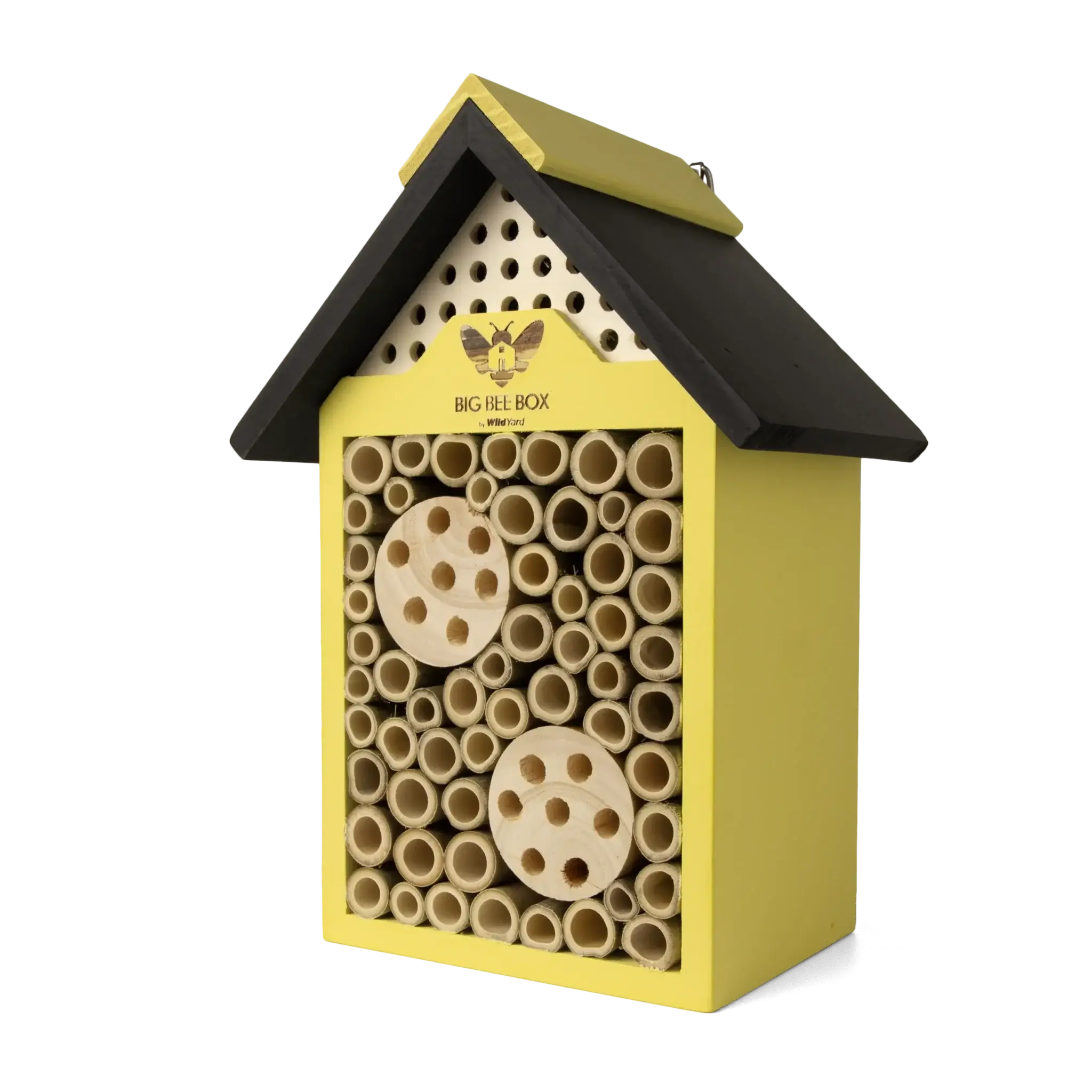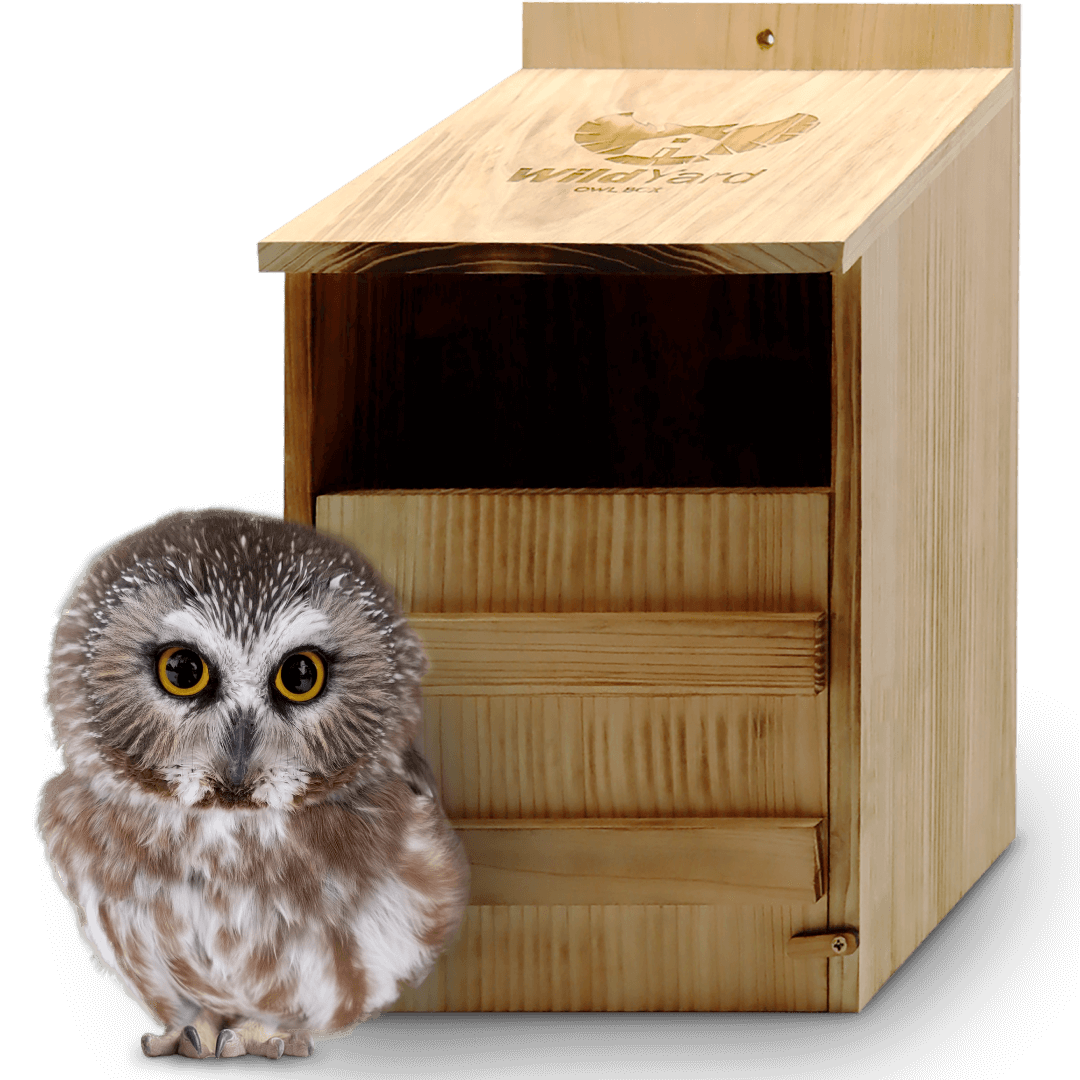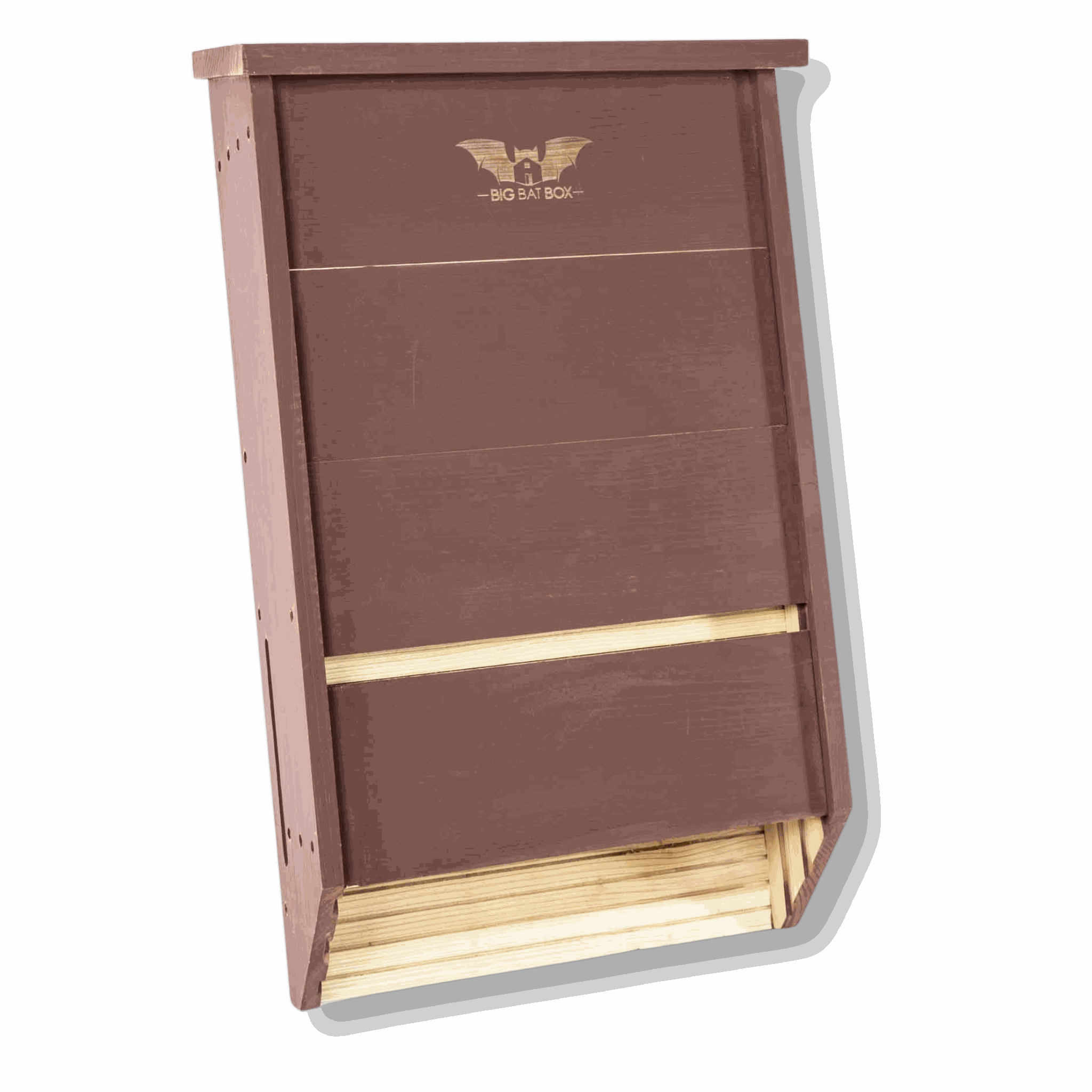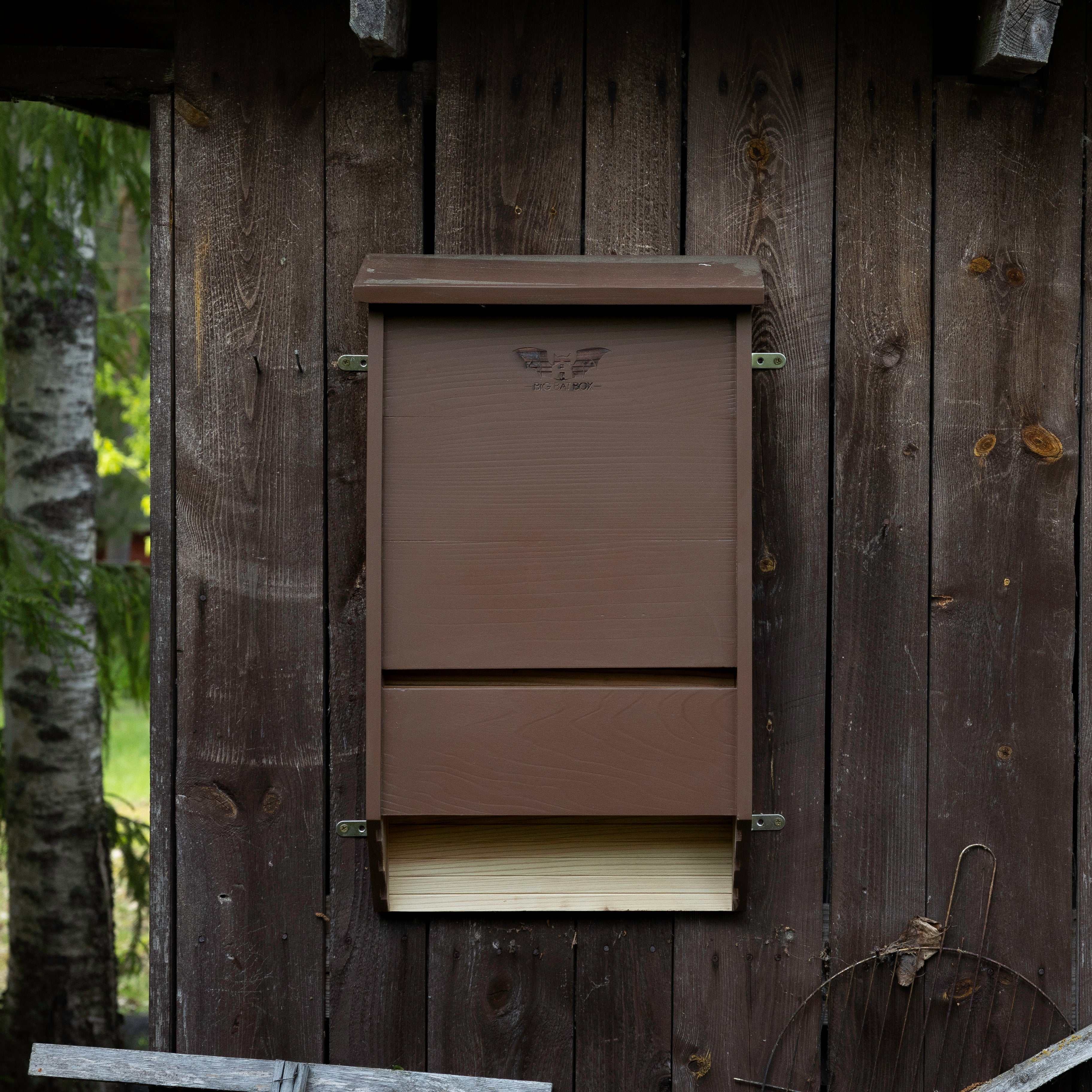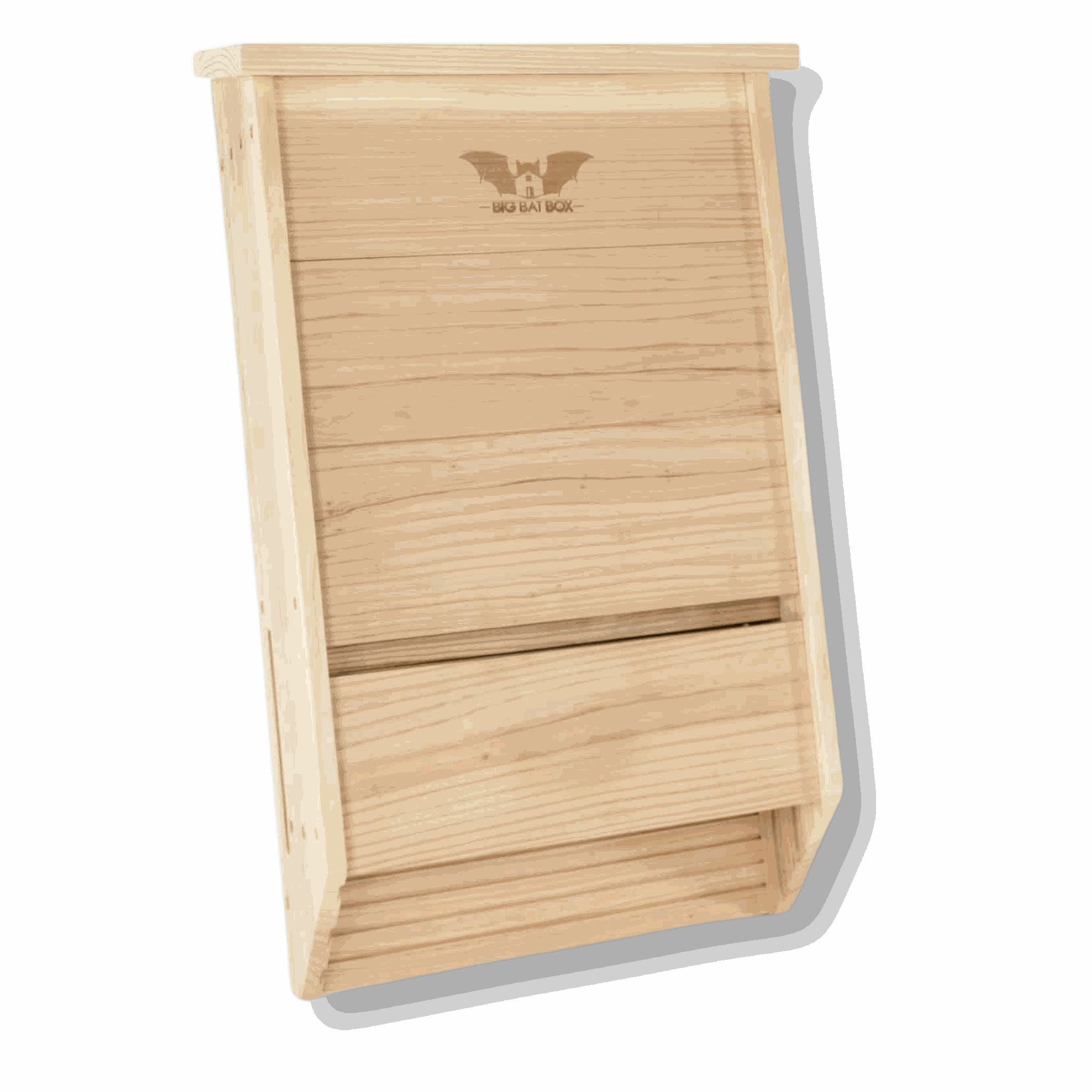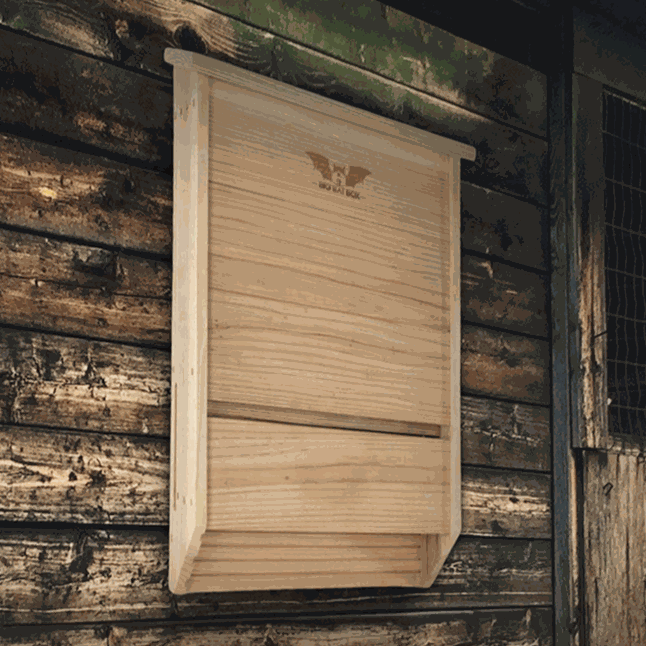
Keeping Our promise to the planet
At WildYard, we're not just building homes for wildlife, we're restoring ecosystems and empowering people to protect the planet. Every bat box or owl house you install helps safeguard habitats, support biodiversity, and fund real conservation work. We donate 1% of all revenue to environmental non-profits, so when you shop with WildYard, you're helping more than your backyard; you're driving global change.
What is 1% for the Planet?
Founded by Yvon Chouinard (Patagonia) and Craig Mathews (Blue Ribbon Flies), 1% for the Planet is a global network of businesses committed to putting the planet before profit. Members pledge 1% of annual revenue, not just profits, to vetted environmental nonprofits tackling issues like wildlife protection, climate change, reforestation, biodiversity, and sustainable agriculture. To date, the network has funneled hundreds of millions toward environmental action worldwide. We're proud to be part of that mission and to meet our annual commitment to donate 1% of our revenue to the planet.
Merlin Tuttle’s Bat Conservation

One of the Most Trusted Voices in Bat Science
At WildYard, we’re passionate about supporting bat conservation efforts and collaborating with organizations dedicated to protecting these incredible creatures. That’s why we’re proud to partner with Merlin Tuttle’s Bat Conservation (MTBC) on projects that further their mission to safeguard bat populations and their habitats worldwide.
We believe that by working together, we can create positive change and contribute to sustainable efforts for bat conservation. As a proud product partner and donor, we actively support MTBC’s work, ensuring that their important goals are met through collaboration and innovation.
Our commitment to bat protection is not just about designing bat houses; it’s about being part of a larger movement to create lasting solutions for the preservation of bat species everywhere.
Shop with Purpose
. Support Real Impact.
Every WildYard purchase gives back, funding habitat restoration, wildlife research, and education programs that protect endangered species and reconnect people with nature.
Through partnerships with Merlin Tuttle’s Bat Conservation and 1% for the Planet, we go beyond design. Every house is science-backed, conservation-aligned, and built to make a difference.
- Support conservation with every box.
- Protect misunderstood wildlife.
- Help build a more sustainable, connected future.
Together, We’re Making an Impact
Thank you for helping us build homes for wildlife and hope for the future.





